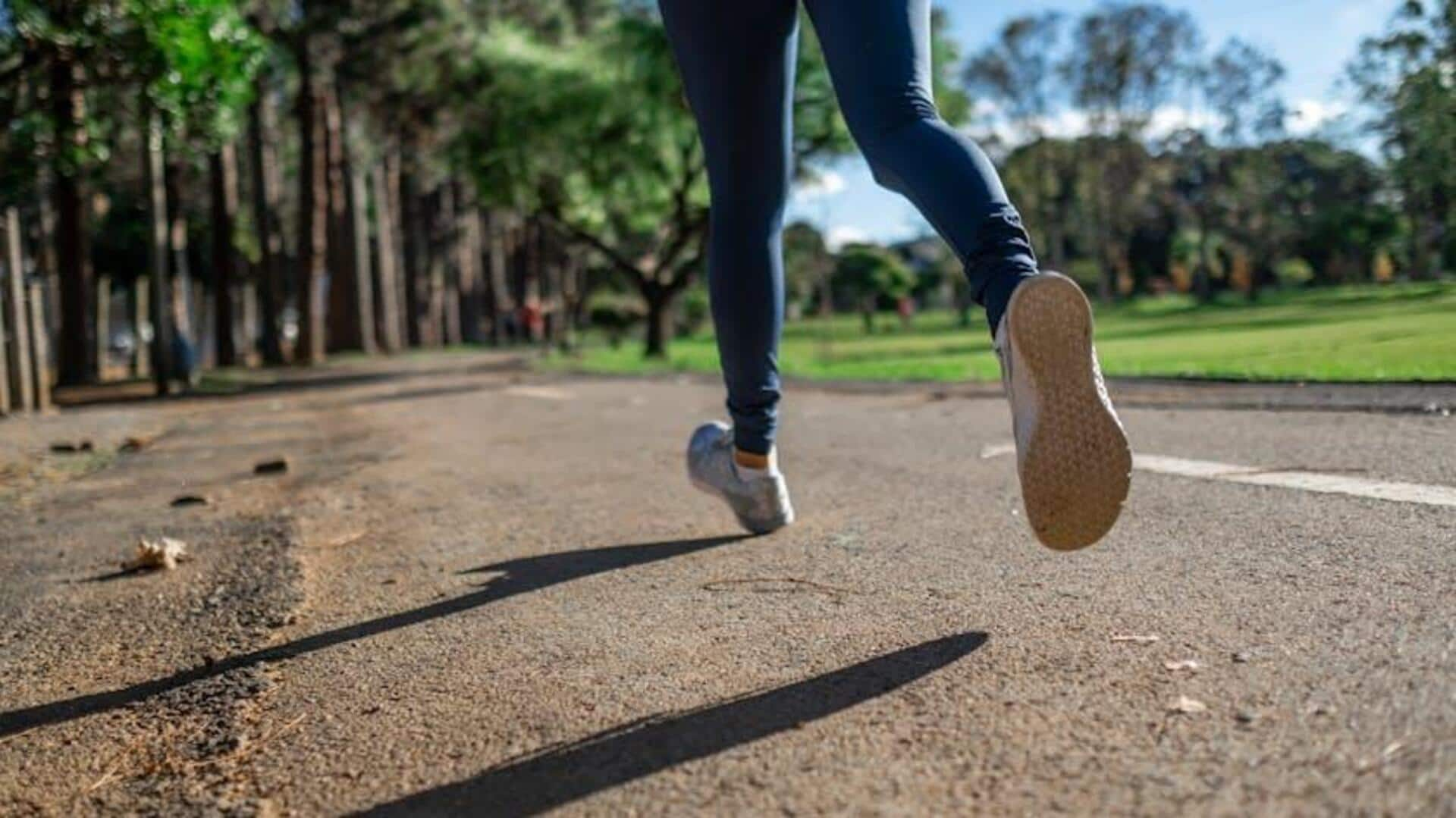
Jogging v/s swimming: Which improves lung health better?
What's the story
If you're looking for exercises that are good for your heart, you can't go wrong with jogging and swimming. Both of these activities can improve your lung capacity, which is essential for health and sports performance. From rhythmic breathing patterns on land while jogging to breath control in water while swimming, the two present different challenges and benefits. Here's how they affect lung capacity.
#1
Jogging's impact on lung capacity
Jogging, a high-impact aerobic exercise, raises heart rate and improves circulation. It promotes deep breathing, helping expand the lungs and increase their capacity with time. With regular jogging sessions, your oxygen uptake efficiency can improve by up to 15%. It also strengthens respiratory muscles, resulting in better endurance while exerting physically.
#2
Swimming's unique breathing techniques
Swimming also involves controlled breathing techniques. As swimmers practice holding their breath and coordinating strokes, lung capacity is enhanced through the increased volume of air inhaled with every breath. This can improve lung function by as much as 20%, making it a great exercise for anyone looking to improve their respiratory health.
#3
Comparing caloric burn rates
Both jogging and swimming are good calorie-burning exercises but are different in intensity levels. Jogging at a moderate pace burns approximately 300 calories per hour for an average adult weighing around 70 kg (154 lbs). Meanwhile, swimming can burn anywhere between 400-700 calories per hour depending on stroke type and intensity level. The higher caloric burn in swimming is due to water resistance requiring more energy expenditure.
Tip 1
Choosing based on personal preference
When choosing between jogging and swimming to increase lung capacity, it's important to consider which one you prefer. Some may prefer jogging outdoors with its simplicity and minimal equipment requirement, while others may enjoy swimming in the pool or open water as a full-body workout. Choosing an activity that suits your preferences will ensure that you stick to an active lifestyle that benefits your lungs.